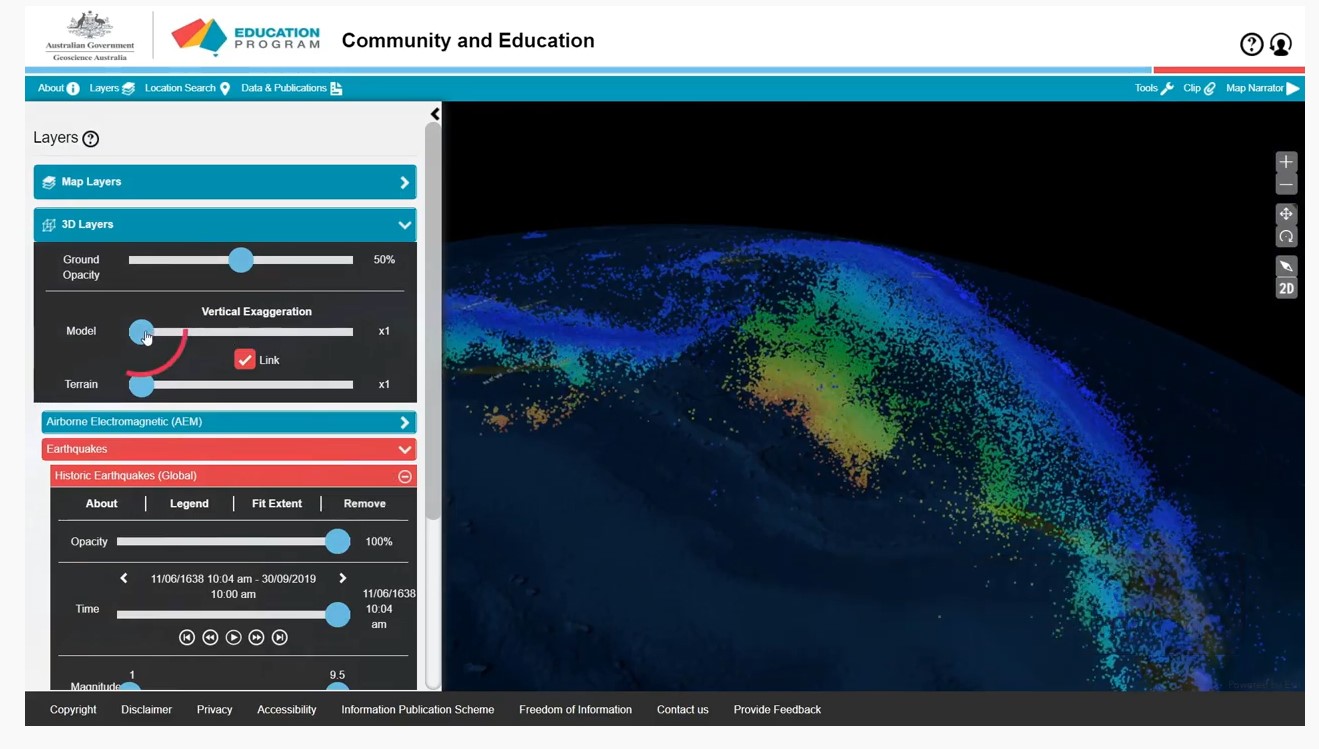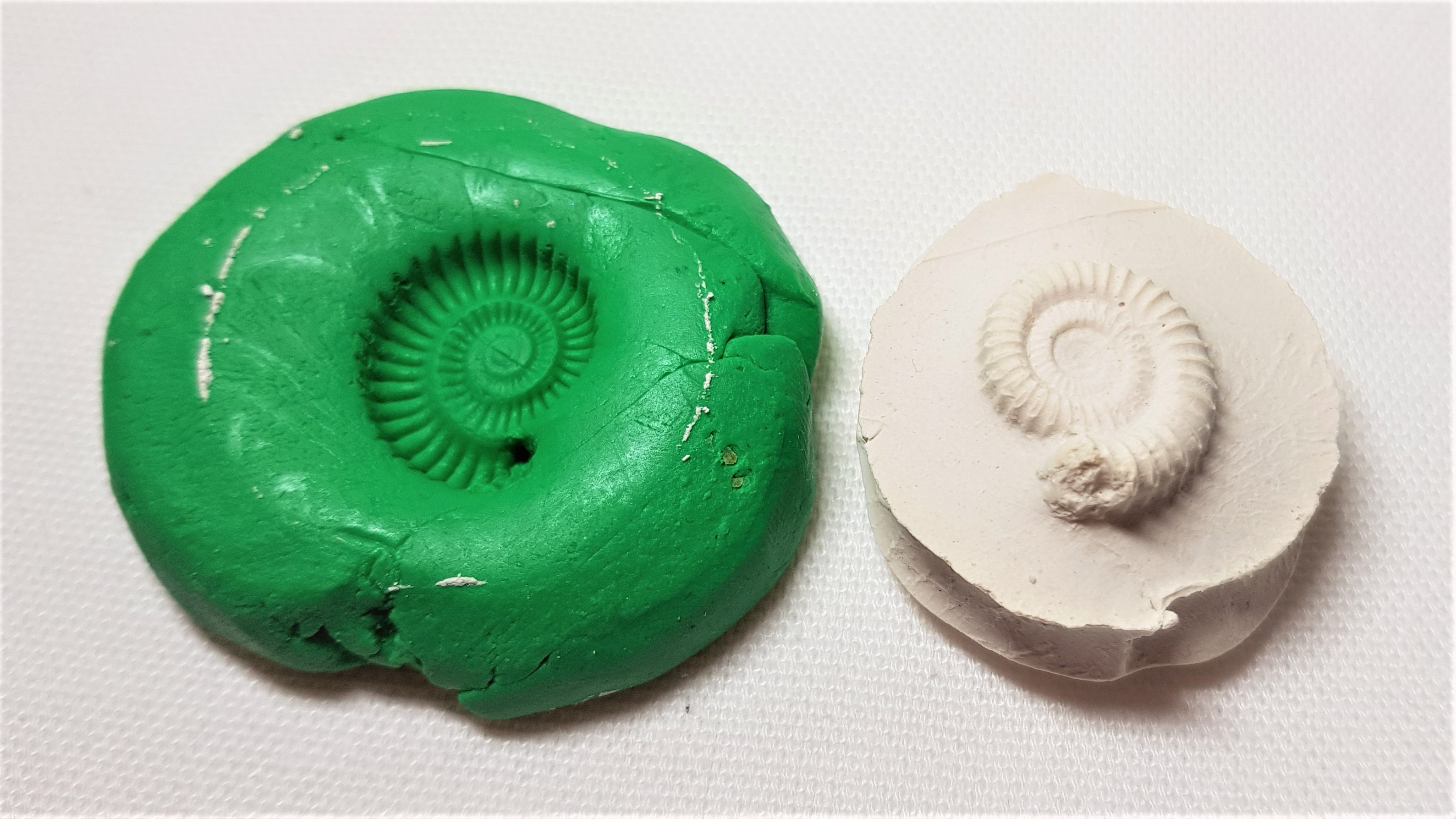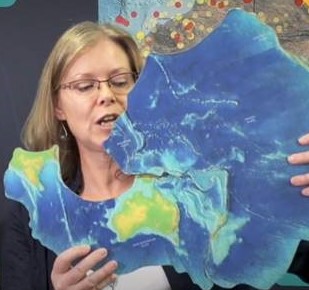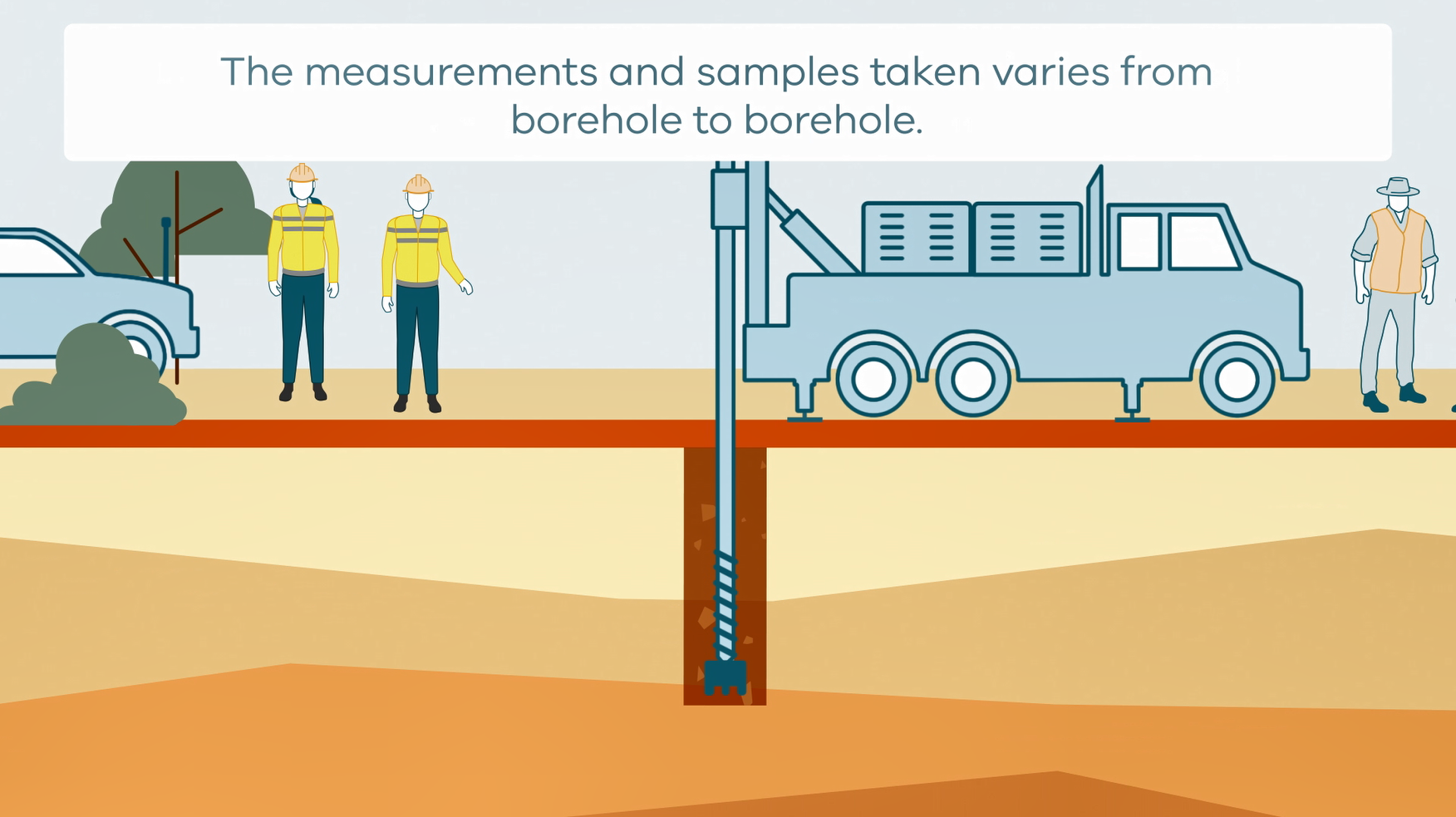EDUCATION
Type of resources
Keywords
Publication year
Topics
-
These videos are recordings of online secondary teacher professional learning sessions, delivered by Geoscience Australia’s Education Team. “Can I Fall Down the Cracks?” Plate Tectonic Misconceptions Part 1 This session focused on common misconceptions that are encountered when teaching plate tectonics. The student misconceptions addressed are: 1. We can’t see the tectonic plates (starting at 5:35) 2. The mantle is made of liquid rock (starting at 11:25) 3. The plates move by convection in the mantle (starting at 17:35) 4. When plates collide one always goes under the other (starting at 22:15) 57 minutes total duration, with Q&A with an expert scientist starting at 34 minutes. “Can I Fall Down the Cracks?” Plate Tectonic Misconceptions Part 2 This session focused on common misconceptions that are encountered when teaching hazards associated with plate tectonics. The student misconceptions addressed are: 1. Earthquakes are measured using the Richter scale (starting at 3:15) 2. The magnitude of an earthquake depends on how far away it is (starting at 7:20) 3. Earthquakes can be predicted (starting at 10:52) This section includes a description of Raspberry Shake equipment: low cost earthquake monitoring for the classroom 4. There are no volcanoes in Australia (starting at 18:25) 5. You can surf a tsunami (starting at 24:17) 51 minutes total duration, with Q&A with an expert scientist starting at 37 minutes.
-
This animation shows how stratigraphic drilling is conducted. It is part of a series of Field Activity Technique Engagement Animations. The target audience are the communities that are impacted by GA's data acquisition activities. There is no sound or voice over. The 2D animation includes a simplified view of what stratigraphic drilling looks like, what measurements and samples are taken, and how scientists use the data.
-
Flyer for year 9 students promoting careers in geoscience
-

A series of short video clips illustrating how to use the Community and Education Data Portal (https://portal.ga.gov.au/persona/education). The Community and Education data portal is one of many data delivery portals available from Geoscience Australia, giving users access to a wealth of useful data and tools. It has been designed specifically for non-technical users, so that general community members, including educators, can access themed surface and subsurface datasets or images with enhanced capabilities including 3D visualisation, and online analysis tools. The User Guide Video complements the help menu in the portal. The User guide is broken into a series of topics 1. Introduction 2. Toolbar 3. Map layers 4. Multiple Layers 5. Background Layers and Sharing 6. 3D Layers 7. Tools 8. Custom Layers The step by step guides were produced by James Cropper.
-
Promotional Video designed to highlight the appeal of the Geological TimeWalk and attract visitors to Geoscience Australia, featuring GA Chief Scientist Dr. Steve Hill.
-

Educational resource and instructions to make your own fossil out of every day materials.
-
This series of short videos will demonstrate how to undertake mineral identification tests. The series will include mineral hardness, streak, density and effervescence an acid test.
-
Article for the Australian Journal of Emergency Management (AJEM), October 2019 ed. Lead authors were Department of Fire and Emergency Services (WA), co-authored by GA. This article includes discussion of how GA's data and products - specifically felt report data and trial ShakeMap and Did-You-Feel-It products were used by DFES in the days following the Magnitude 6.6 earthquake which occurred 210km offshore from Broome, WA, on 14 July 2019. The data and products contributed to DFES' understanding of what local communities experienced, how they responded, and the extent of building and infrastructure damage caused by the earthquake. This understanding will contribute to DFES' community awareness programs focusing on safety and preparedness, and to DFES' own response and recovery planning.
-
How do some of the rocks in Minecraft form and behave in real life? This short video discusses bedrock, obsidian and redstone using real rock samples and references to the game.
-

This short video by the Geoscience Australia Education Team is targeted at upper primary students but is suitable for a wider audience. It introduces the concept of tectonic plates making use of a tectonic plates puzzle. Students are asked to predict the direction and speed of plate movement and consider where and why earthquakes happen on the Australian Plate. It is an introduction to major concepts of Earth science delivered in a light-hearted manner with an interactive presentation style.

